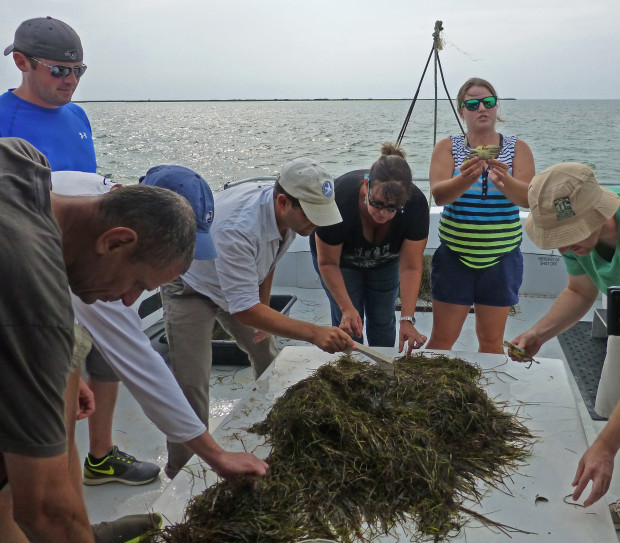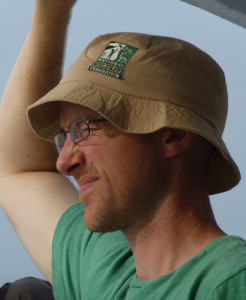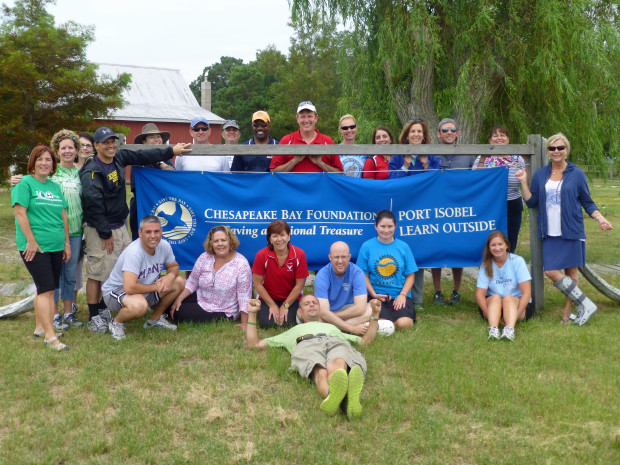We have much more to do and your continued support is needed now more than ever.
My Days On The Bay

During the three days, there was a mix of actual in-class type workshop presentations that were given in an engaging way with educational facts about the Chesapeake Bay, watermen, fisheries and shellfish, the NWF Eco-Schools USA program, and spending time on Tangier Island, truly “the island that time forgot.”
But, there were also actual hands-on experiences on the Bay, such as a sunrise canoe trip to go “progging” (Tangier-speak for looking for sea treasures on the beach), setting and harvesting crab pots, and crab scraping. Crab scaping is not what you might think, but rather a way to dig up sea grasses (widgeon and eel sea grass) to see what small sea creatures live there (blue crabs, pike fish—a cousin to the sea horse—small shrimp, and so many others).


We were blessed to have Stephen Ritz from the Green Bronx Machine with us on this trip. Stephen is a teacher in New York’s tough South Bronx, where he and his kids grow lush gardens for food, greenery — and jobs and he is a true environmental hero, and newfound friend to NWF. I’m looking forward to doing so much more with Stephen in the future as we look at ways we can work together.
Check out Stephen’s TED talk to learn more about the amazing way that he is transforming at-risk student lives in the Bronx.
A sign I saw at Spanky’s Ice Cream Shop stayed with me and epitomizes the good people of Tangier Island but also what we’re all trying to do to green our schools, students, teachers, and communities.
“Good character is more to be praised than outstanding talent. Most talents are, to some extent, a gift. Good character, by contrast is not given to us. We have to build it piece by piece — by thought, choice, courage, and determination.”
– H. Johnson Brown, Jr.
Then, sadly, it was time to go home. But I left the Bay with a newfound appreciation for this incredible watershed, the people who live and depend on it, the people at CBF that work to protect it, and the principals and schools that I’m lucky enough to work with in Fairfax County. I’m looking forward to doing this again and again.

Hickey/NWF




















